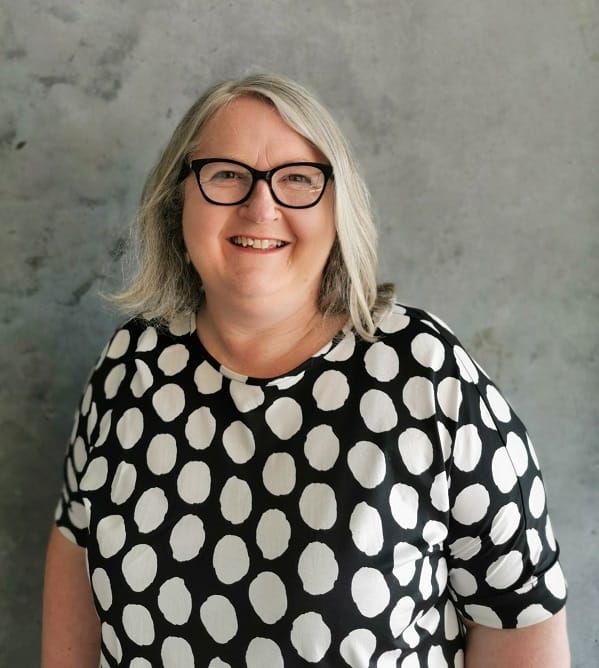I’m going to ask you some questions right from the get go here. How do you feel when someone reads their presentation word for word? Do you feel connected to the speaker? Do you feel a part of the presentation? Does it turn you on and do you want to hear more? So, if your answer is no, then how about the next time you give a presentation you give it without reading and make the choice to use notes only OR perhaps even NO NOTES at all! Read on to find out how you don’t have to be a magician to present without notes but you can develop the confidence and the tools to do this well.
3 Reasons to Stop Reading Your Presentations
Give me three good reasons why I shouldn’t read my next presentation you ask! Well here they are;
- You want to be seen as knowledgeable – If you read your presentation, it can signal to those listening that you don’t know your topic or material.
- You want to be seen as prepared – If you read / rely heavily on your notes, your audience might see you as less professional.
- You want to connect with your audience – If you look at your notes, it means you aren’t looking at your audience. Eye contact builds bonds and sees the speaker and their audience connect. Did you know that almost 80% of communication is conveyed via non verbal / body language? This can’t happen if you aren’t looking at your audience.
No Reading = No Mistakes
If you read your presentation, you’ll almost always lose your spot somewhere along the way. Main posts written on a card are the way to go. Something you can take a glance at and know exactly what you need to say next. You won’t even lose you place if you talk with your audience and look a them as you go. Your audience are the people sitting in the room right in front of you NOT a piece of paper you are reading from! I find having a structure or model helps to develop your presentation around. Cue the SWAY format from Sally Prosser.
The SWAY Storytelling Framework from Sally Prosser
I love a format like SWAY. I really like this format introduced to us by Sally Prosser in the Beef Australia Graeme Acton Beef Connections Program. It gives you confidence and it gives you the framework to make your notes against.
Set the Scene – CONTEXT – One line to sum up the main take away from your presentation. Then a story (personal or witness stories are great that describe you key message)
What happened ? – ACTION
As a result – OUTCOME
Why (Y) am I telling you this? – LESSON and make a call to action. This is an action that you want those in the audience to take.
Helpful Hints When Using Notes and Not Reading
Here are some ways to call on to support you and keep you on track when speaking and making a presentation (without reading)!
1. Notecards
This is not lots of little writing on a small card that you read – or try to read! This is a heading and some key words or even the start of a sentence to get going.
2. A Sheet of Paper (One Sheet of Paper!)
This is an A4 page. Fold it in half lengthwise. Write your heading / notes and then have it on the table in front of you. This way you can glance at it without picking up the paper. Keep your eye contact with your audience. Works well if you are sitting at a panel type table.
3. Phone / Tablet
Having notes on your phone or tablet is becoming a lot more common. It’s great to have your notes stored electronically (especially if you are going to give your presentation more than once). Exercise caution here as if / when you look at your phone / tablet often this will see you disconnect from your audience.
Some Helpful Hints
- Here’s a few helpful hints to look like a magician when you are speaking with your audience and not reading your presentation or looking down at your notes all the time.
- Use bullet points with notes
- Put your notes on a table / podium – don’t hold them
- Facts and figures can be hard to remember under pressure – put them on to a card and read when you need to
- Colour coding works – for example headings in blue or the colour of your choice so that your eye can easily find where you are at
- Ensure larger size font and good spacing on your cards / notes
- Use a framework to build your presentation
- Keep going – no need to panic
- You might know you have missed something – circle back or keep going as you audience has no idea
- Smile and smile some more
- Have confidence you know your stuff and you have put the work in to make a great presentation without reading
Over to You
I’m ending as I started this post – with a few questions for you. Do you think that giving a presentation with notes is better than reading your presentation? Do you think that SWAY might be useful? Which of the note taking tops hit home? My hope is that the next time you make a presentation, you will read this article, take some tips and give it your 100%. You and your audience deserve this. Good luck. And please feel free to reach out to me here if you think I can help in any way.
Until next time!



